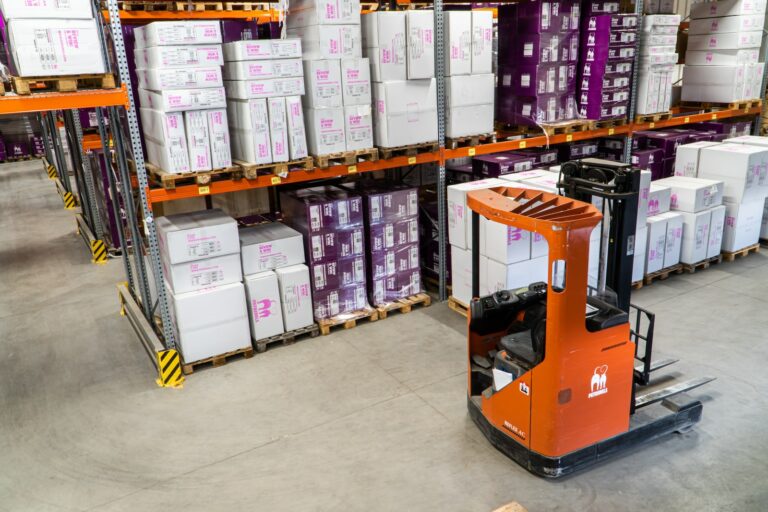Last Mile Delivery Optimization for a Grocery Store Chain
Overview:
A grocery store chain was struggling to improve its last-mile delivery operations due to the increased demand for online grocery delivery. The company had a fleet of delivery vehicles that covered a wide area, but they were facing several challenges, including delayed deliveries, inaccurate delivery addresses, and inefficient delivery routes. To address these issues, the grocery store chain decided to implement a last-mile delivery optimization solution.
Challenges:
The grocery store chain faced several challenges in their last-mile delivery operations, including:
- Delivery Delays: The grocery store chain had a high rate of delivery delays due to factors such as traffic congestion, incorrect delivery addresses, and unpredictable weather conditions.
- Inefficient Routes: The company’s delivery vehicles were not being routed in the most efficient way possible, resulting in longer delivery times and higher costs.
- Inaccurate Delivery Addresses: The company’s delivery team faced difficulties in locating delivery addresses, which resulted in delayed deliveries and increased costs.
Solution:
To address these challenges, the grocery store chain implemented a last-mile delivery optimization solution. The solution consisted of several components, including:
- Real-Time Tracking: The solution included real-time tracking of the company’s delivery vehicles, which allowed the company to monitor the location of their vehicles and provide customers with accurate delivery times.
- Route Optimization: The solution used advanced algorithms to optimize the delivery routes of the company’s delivery vehicles. The algorithms took into account factors such as traffic congestion, delivery windows, and vehicle capacity, to ensure that the vehicles were routed in the most efficient way possible.
- Address Verification: The solution also included an address verification feature that verified the accuracy of delivery addresses. This feature helped to ensure that deliveries were made to the correct addresses, reducing the number of delivery delays and associated costs.
Results:
The implementation of the last-mile delivery optimization solution resulted in several positive outcomes for the grocery store chain, including:
- Reduced Delivery Delays: The solution helped to reduce the number of delivery delays, which improved customer satisfaction and reduced associated costs.
- Increased Efficiency: The optimization of delivery routes resulted in more efficient delivery operations, which reduced delivery times and costs.
- Improved Accuracy: The address verification feature helped to improve the accuracy of delivery addresses, which reduced the number of delivery delays and associated costs.
Conclusion:
The implementation of a last mile delivery optimization solution helped a grocery store chain to improve their delivery operations and address the challenges they faced in their last mile delivery. By using advanced algorithms to optimize delivery routes, real-time tracking to monitor delivery vehicles, and an address verification feature to verify delivery addresses, the company was able to reduce delivery delays, increase efficiency, and improve accuracy. As a result, the company was able to provide a better delivery experience for their customers, reduce costs, and improve overall operations.







